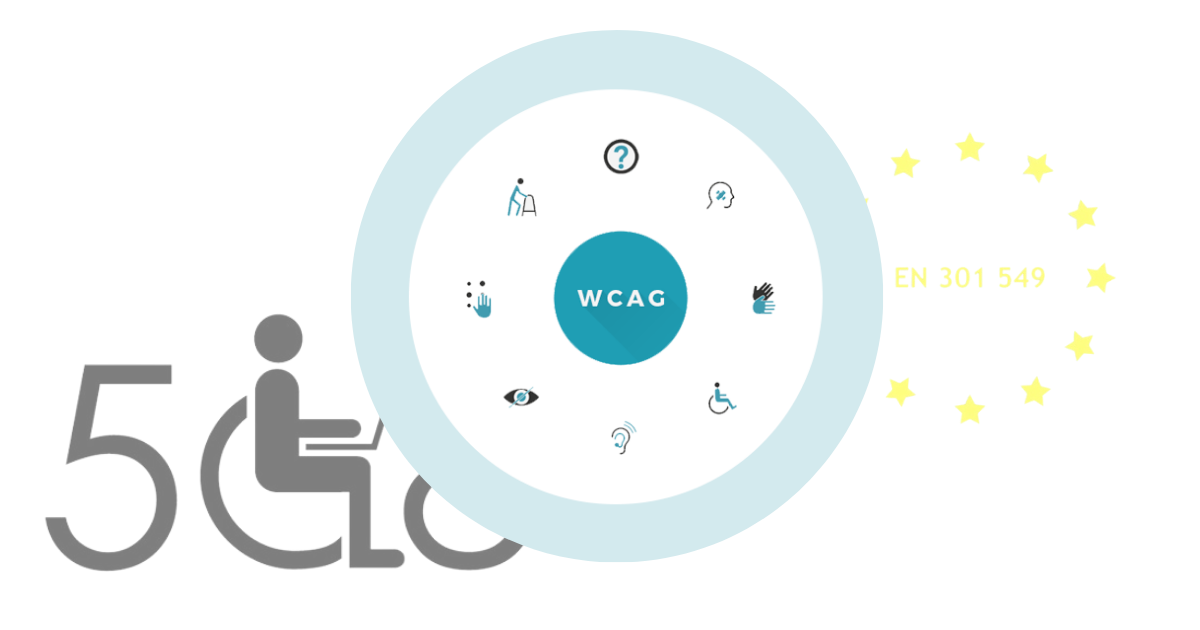Ensuring Accessibility in Government Websites: A Comprehensive Guide

Introduction
Government websites serve as crucial portals through which citizens access information, services, and resources. As such, ensuring these platforms are accessible to all, including individuals with disabilities, is not just a matter of legal compliance but a fundamental aspect of creating an inclusive digital government. This guide delves into the significance of accessibility in government websites, outlines key standards and regulations, and provides actionable strategies for compliance and best practices.
The Importance of Web Accessibility
Accessibility ensures that government websites can be used by as wide an audience as possible, including the estimated one billion people worldwide with disabilities. This inclusivity strengthens democracy, facilitates equal access to public services, and enhances the overall user experience. Moreover, accessible websites improve SEO, reach a wider audience, and demonstrate a commitment to fairness and equality.
Legal Framework and Standards
Web Content Accessibility Guidelines (WCAG)
Developed by the World Wide Web Consortium (W3C), WCAG is the primary international standard for web accessibility. It outlines how to make web content more accessible to people with disabilities. The guidelines are organized under four principles, ensuring that content is perceivable, operable, understandable, and robust (POUR). They are further divided into three levels of compliance: A (minimum level), AA (mid level), and AAA (highest level).
Section 508
In the United States, Section 508 of the Rehabilitation Act requires federal agencies to make their electronic and information technology accessible to people with disabilities. This law applies to all federal agencies and extends to any state or locality that receives federal funding.
EN 301 549
In Europe, the EN 301 549 standard specifies requirements for the accessibility of ICT products and services, including websites and mobile applications, aligning with the WCAG.

Implementing Accessibility
Conducting Accessibility Audits
The first step toward compliance is understanding where your website stands. Accessibility audits, conducted by experts or through automated tools, can identify non-compliance issues and areas for improvement.
Design and Development Considerations
Text Alternatives: Provide alt text for all images, allowing screen readers to describe them to visually impaired users.

Keyboard Navigation: Ensure the website can be navigated using a keyboard alone, catering to users with motor disabilities.
Contrast Ratios: Use sufficient color contrast between text and background to improve readability for users with visual impairments.

Responsive Design: A responsive layout ensures that content is accessible on devices of various sizes, from smartphones to desktop computers.

Multimedia: Provide captions and transcripts for audio and video content, making it accessible to users with hearing impairments.
Training and Awareness
Building an accessibility-minded culture within government agencies is crucial. Training staff on accessibility principles and the specific needs of disabled users can foster an inclusive approach to content creation and website management.
Continuous Evaluation and Improvement
Web accessibility is not a one-time task but an ongoing commitment. Regular reviews, user feedback collection, and updates in response to technological advances and legal requirements are essential for maintaining accessibility.
Challenges and Solutions
Despite the clear guidelines, achieving and maintaining accessibility can be challenging due to limited resources, technical constraints, and constantly evolving standards. However, prioritizing accessibility, leveraging community resources, and adopting a phased approach to implementation can help overcome these hurdles.
Conclusion
Accessibility in government websites is a critical aspect of public service provision. By adhering to established standards, embracing best practices, and fostering an organizational culture that values inclusivity, government agencies can ensure their digital platforms serve all citizens effectively. Remember, an accessible website is not just a legal requirement; it's a reflection of a government's commitment to serving and empowering its entire population.